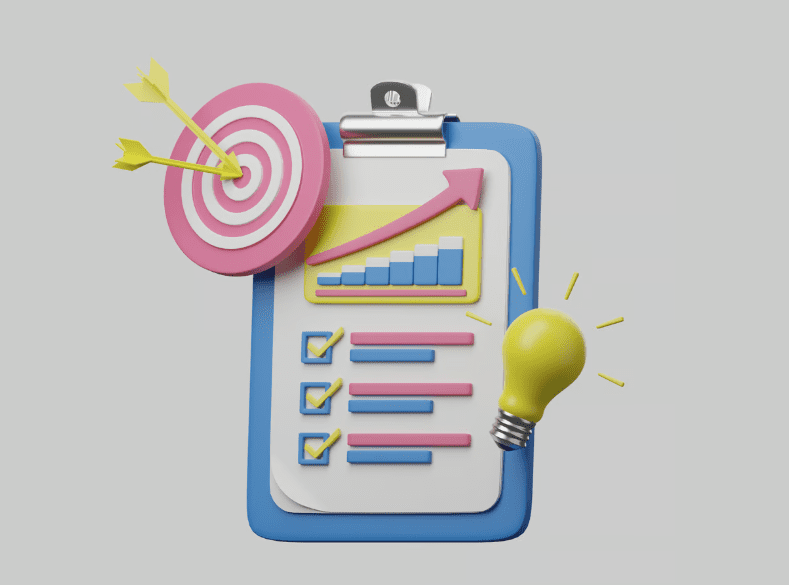In today’s rapidly evolving landscape, organizations across sectors are increasingly turning to strategic planning models to anchor decisions, align resources, and drive measurable outcomes. Whether you’re running a business, managing a government program, or leading an educational institution, the right planning framework can be the difference between vision and execution.
What Makes a Good Strategy?
A good strategy isn’t just a collection of goals—it’s a roadmap that defines purpose, aligns operations, and focuses resources on what matters most. The characteristics of a good strategic plan include:
- Clarity of vision and mission
- Evidence-based decision making
- Measurable and attainable objectives
- Cross-functional alignment
- Built-in adaptability and review processes
The qualities of a good strategic plan go beyond documentation—they shape organizational behavior and help leaders make informed, agile decisions under pressure.
Strategic Planning Frameworks That Work
Different industries may use different models, but the core principles of strategic planning remain the same. Here are a few widely adopted frameworks:
1. SWOT Analysis (Strengths, Weaknesses, Opportunities, Threats)
Ideal for business and education sectors, SWOT fosters internal and external awareness, making it a powerful tool for early-stage planning.
2. Logic Model
Frequently used in the government and nonprofit sectors, this model helps visualize resources, activities, outputs, and outcomes to assess impact and value.
3. Balanced Scorecard
Used across all sectors, this tool aligns strategic objectives with performance metrics across finance, operations, learning, and customer satisfaction.
4. Theory of Change
Particularly useful in education and policy contexts, this model explains how and why a desired change is expected to happen, ensuring clarity in intervention design.

Applications in Business, Education, and Government
In Business
Strategic planning frameworks help companies define market positioning, streamline operations, and prepare for growth. Organizations that focus on business strategic planning tools and strategic analysis are more resilient to market disruptions.
In Education
Schools and universities use strategic planning to address enrollment, curriculum reform, faculty development, and resource allocation. The best plans blend vision with strategic planning methodology informed by student data and policy trends.
In Government
Government agencies adopt structured planning models to ensure evidence-based policymaking, efficient contract execution, and public accountability. These models help align programs with legislative mandates like the Foundations for Evidence-Based Policymaking Act of 2018.
Conclusion: Strategy Drives Sustainable Impact
A great strategy doesn’t just live in a binder—it lives in decision-making, daily operations, and long-term results. By selecting and applying the right strategic planning process model, organizations across sectors can improve their efficiency, accountability, and overall success.
Need help aligning your team around a strategic framework? SilkWeb’s consultants specialize in crafting and implementing strategic plans across sectors.



What do you think?
Strive to design environments with clarity in mind: Clear instructions, a logical layout, and control over the pace of interactions can all contribute to a more manageable cognitive load.
As designers and developers venture into these new domains, carrying the principles of accessibility forward should be about more than just compliance with guidelines, but rather championing a spirit of inclusivity.
Comments are closed.